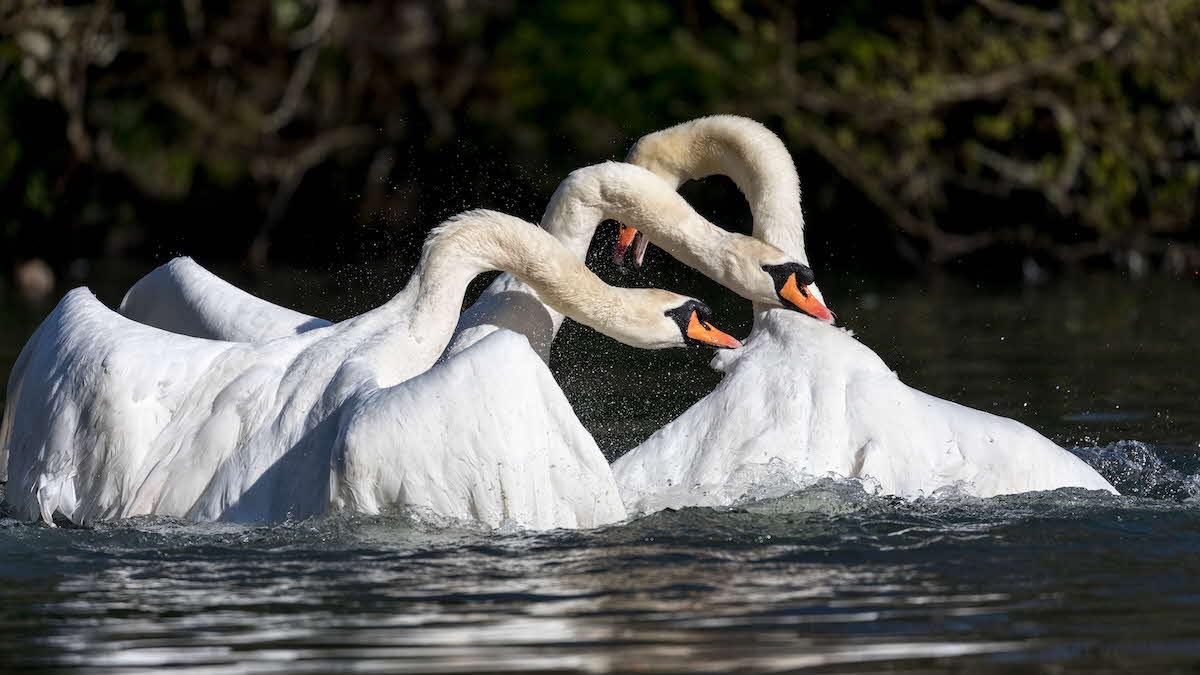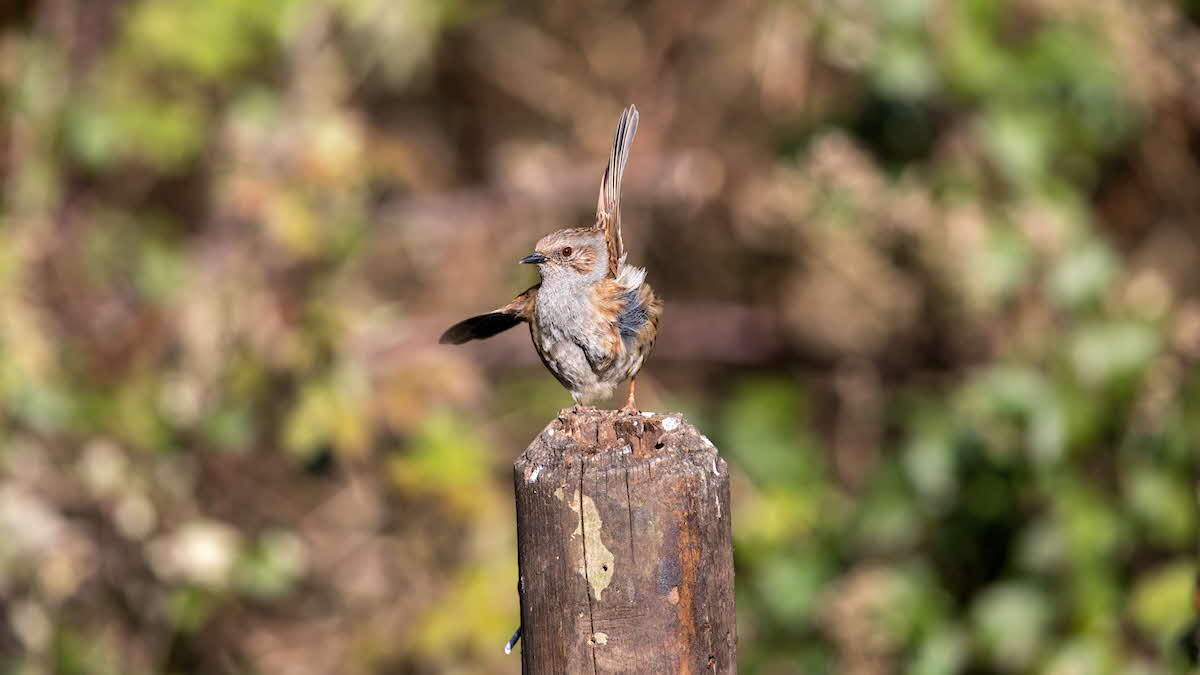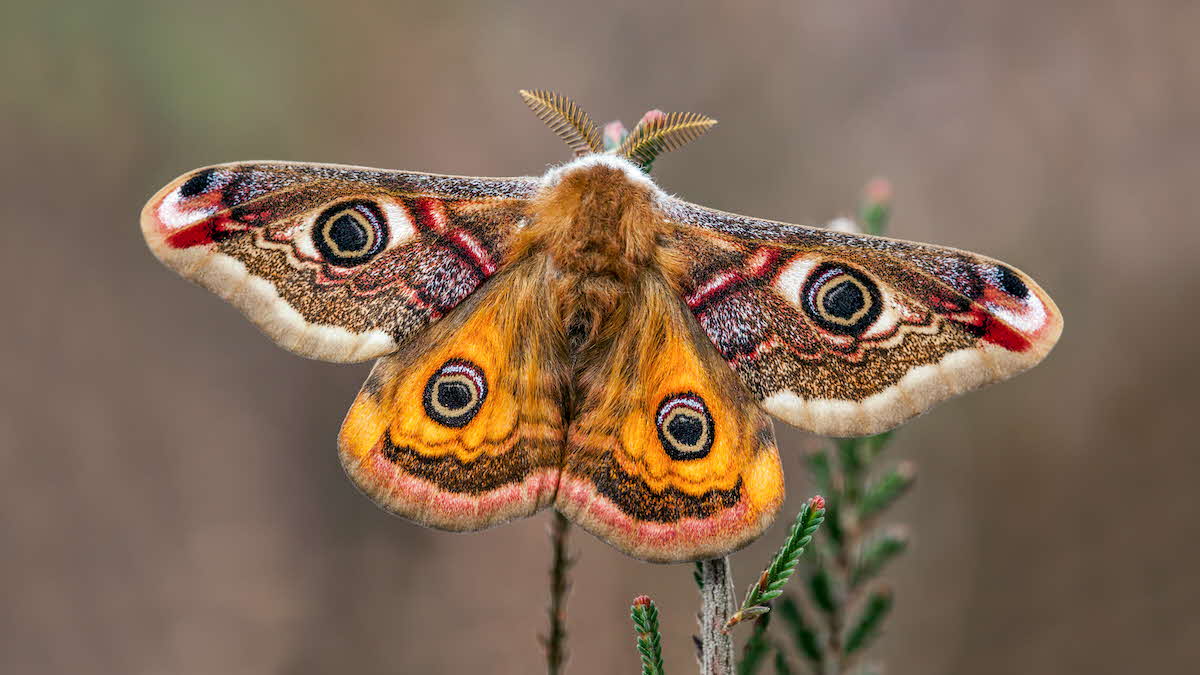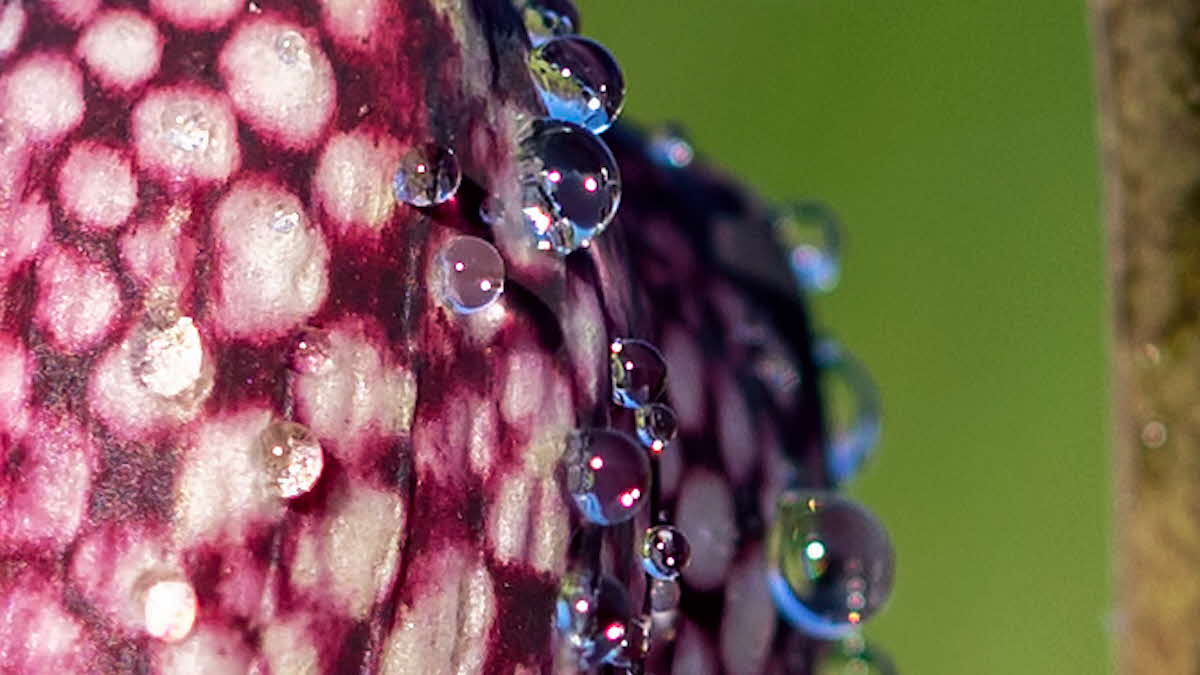Top nature campsites
You’ll be amazed at the variety of animals to spot on some of our Club campsites
View our top nature campsitesThe breeding season sees all manner of remarkable behaviour in the natural world. David Chapman reports
 Mute swans mirror each other’s movements
Mute swans mirror each other’s movements
This time of year is remarkable for the varied mating behaviour on display in the natural world. Scent and appearance are important, as are particular rituals.
Take, for example, the black grouse. Every morning in the spring, males congregate in a ‘lek’ (group), sprucing up their plumage and performing a kind of dance while making their mating call. When a female shows up, the males do their best to out-perform each other to attract her attention.
Black grouse aren’t the only birds that ‘dance’ when attracting a mate. Many male ducks, including the goldeneye, display a slightly out-of-control movement that involves throwing their heads back and forth. Dunnocks have a strange habit of flicking their wings up and out in a fast-and-furious manner, while great skuas also raise their wings, albeit in a more sedate manner, using their voices to attract a mate.
Grey herons have an elaborate, long-legged gangly dance; the ritual of the great crested grebe culminates in the flicking of water weed at one another; hen harriers perform aerial acrobatics; puffins tap bills with their partners as if in a slow dance; and mute swans mirror each other’s movements, often entangling themselves as passion takes over.
In the reptile world, adders perform a dance in spring, and though this is actually a tussle between two males trying to prove which is stronger, it can get quite balletic.
 The male dunnock does a ‘dad dance’ to attract attention
The male dunnock does a ‘dad dance’ to attract attention
Many birds use their appearance to indicate their availability – when you have a colourful breast like the male bullfinch or chaffinch, it makes sense to flaunt it. Birds with less interesting plumage, such as warblers, blackbirds and even curlews, rely more on their seductive vocal repertoire.
Nocturnal animals have had to adapt in order to attract a mate in the dark. The glow-worm has a novel solution to night-time courtship. Males aren’t particularly exciting to look at – but they can fly around in search of a female. Females can’t fly, but can glow when they want to find a partner.
 Male emperor moths have larger feathery antennae to detect female pheromones
Male emperor moths have larger feathery antennae to detect female pheromones
Using scent to attract a mate is common, particularly among nocturnal animals. Female moths, for example, emit pheromones to attract males. The males are equipped with feathery antennae, the large surface area of which helps detect the scent. Remarkably, male emperor moths can detect females from several miles away.
Both male and female butterflies emit pheromones to indicate an interest in pairing up, and females of many mammal species emit a scent when they come into season. You might have seen red deer stags raising their heads and turning their lips back; this is called the flehmen response, and is how they taste the air for signs that a female is in season. This is also seen in horses.
Red deer stags will do almost anything to impress a female; they expend a lot of energy growing the most amazing sets of antlers and then engage in near-death battles with other stags. But did you know that they also urinate on themselves to enhance their allure? They aren’t the only creatures to have an unfortunate taste in perfumery – mustelids, such as pine martens and polecats, like to rub their anal glands against a post to signal when they are ready to mate.
Finally, gift-giving behaviour can be seen widely in birds, with females often expecting food from prospective partners. By finding an excess of food the male proves to a prospective mate that he will be able to provide for her and her young.
Finding a mate is a critical part of a creature’s journey through life – it’s fascinating to see how members of different species have adapted over millennia in an effort to continue their bloodlines. What’s more, from my point of view, their unusual behaviour makes for fantastic photographic opportunities!

Every month I will show you a photo of something from the natural world. It might be a close-up, or a subject which is difficult to identify. All you have to do is figure out what it is! Here is this month’s photo; no clues or prizes – it’s just for fun. (I will give you the answer next month, but if you can’t wait, log in to the Digital Magazine.)
The subject of March’s mystery photo was: brown hare.